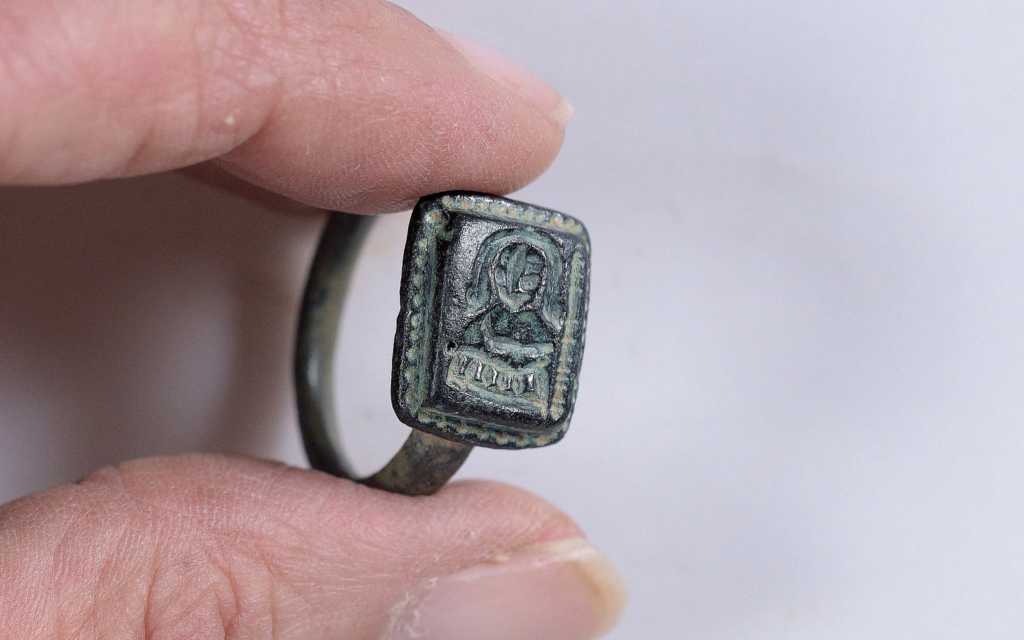A young gardener based in the historic city of Galilee recently made an astonishing discovery last month as he was weeding.
Dekel Ben-Shitrit inadvertently dug up a 700-year-old bronze ring bearing the image of St. Nicholas. Experts believe that the rare artifact was dropped by medieval-era pilgrims as they were making their way through northern Israel.
READ: UPDATE: Church of the Holy Sepulchre Re-opens Following Dispute
Ben-Shitrit, 26, was completing his daily work in the garden in Moshav Hayogev located in the Lower Galilee when he noticed something strange in the planting bed.
“I rubbed it slightly and I saw it was carved with a human image inside a frame,” he later recalled, as reported by the Times of Israel.
Hoping to find out more about his discovery, the gardener posted a picture of himself holding the ring to Facebook.
Galilee gardener digs up medieval ring bearing smiling St. Nicholas https://t.co/GMR0LDgkML pic.twitter.com/JYk12ljA8b
— The Times of Israel (@TimesofIsrael) February 26, 2018
Dror Ben-Yosef, a neighbor of Ben-Shitrit and director of the Israel Nature and Parks Authority’s Lower Galilee Education Center, spotted the post and put Ben-Shitrit in touch with the Israel Antiquities Authority. Archaeologist and IAA member Yana Tchekhanovetz dated the ring to the time period between the Crusader and Mameluke periods—around the 12th to 15th centuries.
Tchekhanovetz said it was “amazingly well preserved and will contribute a great deal to science.”
The smiling image was determined to be that of St. Nicholas, making the find that much more special. In an incredible coincidence, Ben-Shitrit’s birthday just happens to be Christmas Day, Haaretz reported.
Within Eastern Christian tradition, St. Nicholas is considered the patron saint of travel, “so Christian pilgrims to the Land of Israel from all over the Byzantine Empire (Turkey, the Balkans, Greece and present-day Russia) would carry his icon to protect them from harm. It is probable that the ring belonged to a pilgrim who sought the protection of St. Nicholas on his travels,”Tchekhanovetz explained.
Yotam Tepper, a fellow IAA archaeologist who specializes in Roman roads, sought to shed some light on why a pilgrim might have been traveling through the area where the ring was found.
“We know that the main Roman road from Legio [near Tel Megiddo] to Mount Tabor passed next to Moshav Yogev, and the road must also have been used throughout the centuries by Christian pilgrims on their way to the sites on Mount Tabor, Nazareth and around the Sea of Galilee,” Tepper explained.
Due to the many miracles attributed to his intercession, St. Nicholas has also come to be known as “Nikolaos the Wonderworker.” Of crouse, additionally, his habit of secret gift-giving became the genesis of the traditional model of Santa Claus (“Saint Nick”).
Ben-Shitrit has become a recipient of an IAA good citizenship certificate for the incredible chance discovery.



